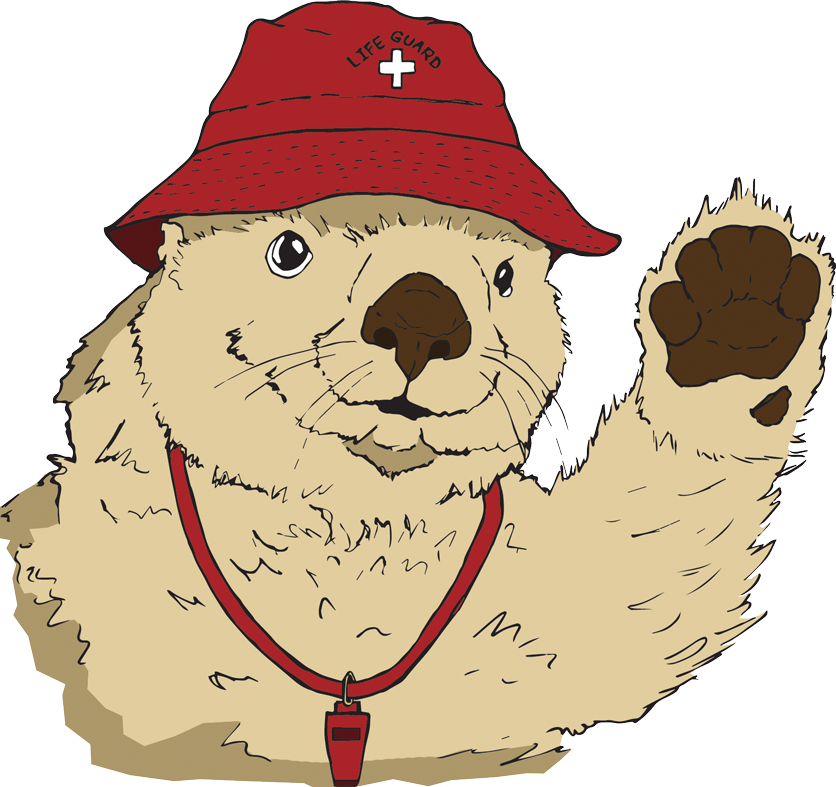

Welcome to Happy Ocean!
Hi, there! I'm Ollie the sea otter, the Happy Ocean lifeguard! I'm here to guide you as you explore our beach.
1 / 4
Getting Around
It’s easy to explore Happy Ocean beach. You can get started right away with a guided tour by clicking on the “Start Tour” sign in the right corner and pay a visit to our Laysan Albatross representative, Kai Kalani! If you’re ever lost or want to explore on your own, you can always click on the map icon in the upper left corner of the screen and choose a destination from the map. Otherwise, just explore each scene and I’ll be there to guide you to the next stop on our tour when you’re ready!
2 / 4
Meet Our Reps
Happy Ocean has selected five representatives to talk about ocean conservation. Each of them stands for the five groups of marine animals that are currently most threatened by plastic pollution in the ocean: whales and dolphins, seabirds, sea turtles, sea lions and seals, and fish. As you visit our beach, you’ll get to know each of our representatives and hear their stories. You can always click on a representative to view their identity card and read their biography or learn more by visiting our resources page.
3 / 4
Beach Cleanup
A happy ocean is a clean ocean, so we've organized a beach cleanup! We'd love it if you could lend a hand, too! As you explore our beach, please pick up any garbage you find. Along the way, you can also learn a bit about how plastic in the ocean affects marine animals like me. You can also find out about different types of plastic waste and discover ways you can help on our resources page.
Have fun!
4 / 4
If you would like to learn more about the process of designing and developing Happy Ocean, please visit my
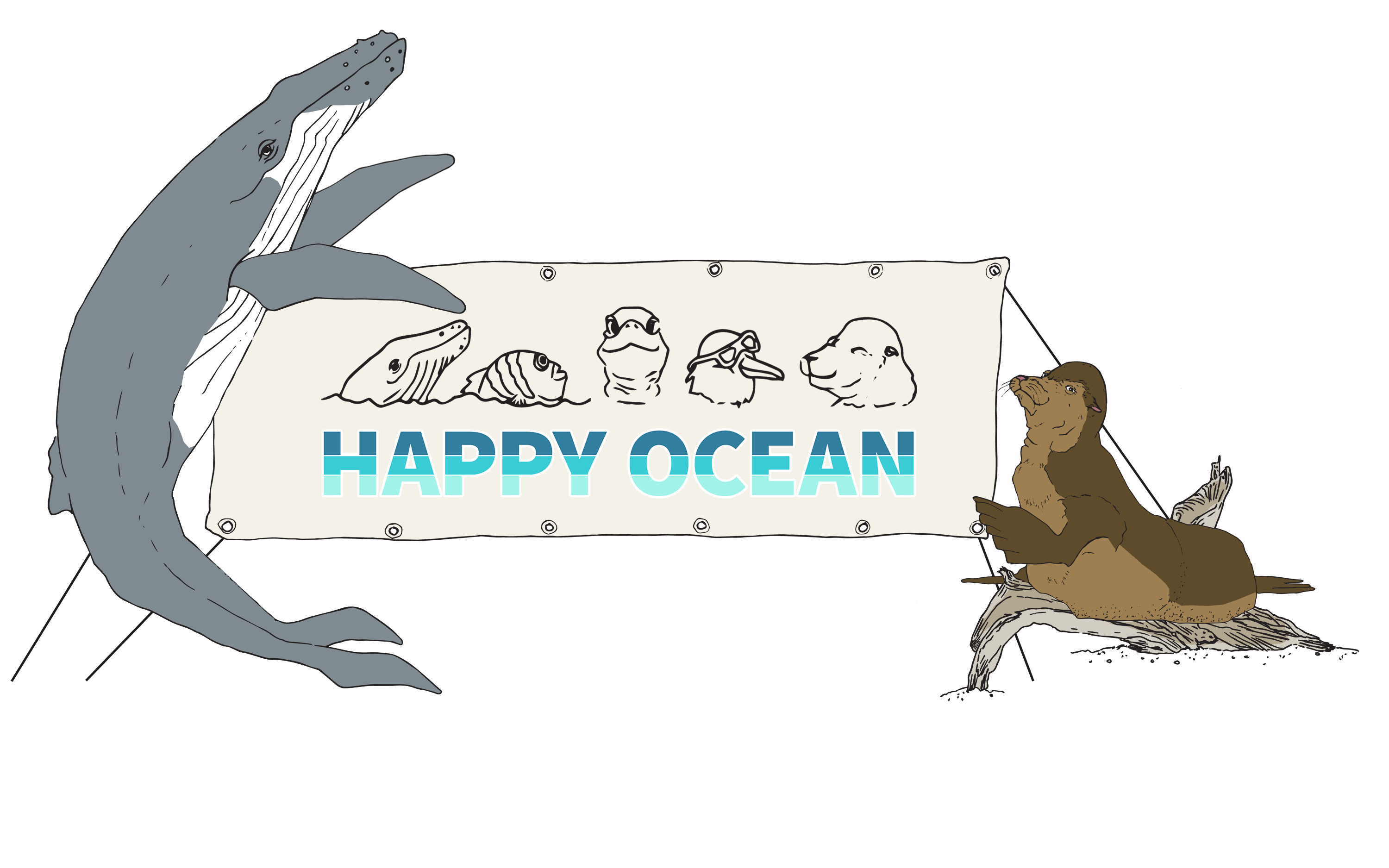

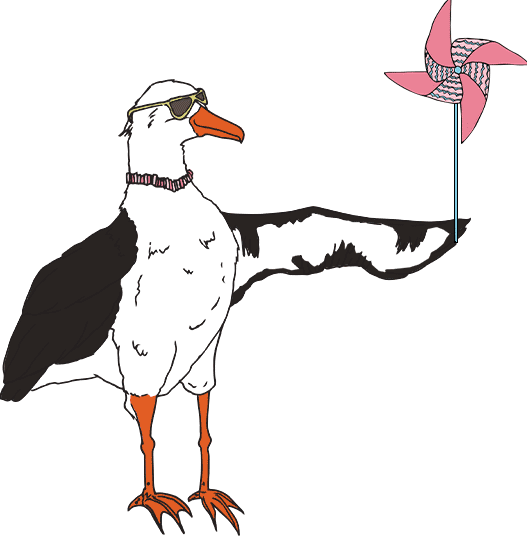
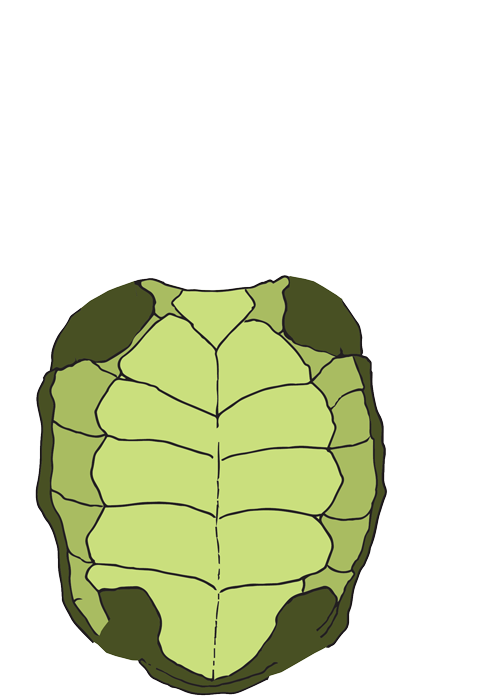
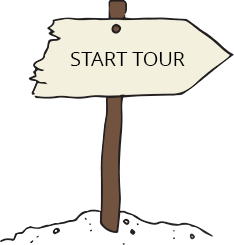

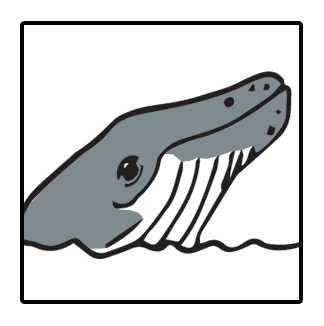
IDENTIFICATION CARD
Name: Lucy Rebelmore
Height: 53 ft.
Weight: 29 tons
Address: 6 Aotearoa Avenue
Pollution Threat: all plastic
Favorite Activity: surfing
Favorite Food: fried plankton

Humpback Whale
Scientific name: Megaptera novaeangliae
Habitat: North Atlantic, North Pacific, and Indian Ocean
Diet: Krill
Lifespan: up to 100 years
Conservation Status: Least Concern
Threats from Ocean Plastics
Whales and dolphins often mistake plastic for food, especially larger plastic objects like bags, bottles and cups, and can end up dying as a result. Humpback whales eat primarily krill and plankton. When they feed, they swallow large mouthfuls, filtering their food from the water. Unfortunately, with so much plastic in our ocean (5-13 million tons enter the ocean each year), whales often have a hard time distinguishing plastic from food. Plastic isn’t whale food, but it’s quickly becoming their main meal. Hopefully, it won't be their last.
Fun Fact
Humpback whales are underwater composers! Listen to a humpback whale song.
Learn more about whales


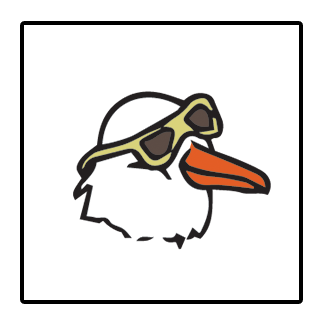
IDENTIFICATION CARD
Name: Kai Kalani
Height: 31 in.
Weight: 8.7 lbs.
Address: 22 1/2 Mokopuni Boulevard
Pollution Threat: plastic straws
Favorite Activity: sunbathing
Favorite Food: fish tacos

Laysan Albatross
Scientific name: Phoebastria immutabilis
Habitat: Northwestern Hawaiian Islands
Diet: squid, octopus, fish, crustaceans
Lifespan: 50+ years
Conservation Status: Near Threatened
Threats from Ocean Plastics
Albatrosses and other seabirds often consume plastic, especially small floating fragments. They spend most of their lives on the ocean, so when they get hungry, they just dip their beaks into the water, skimming the surface, scooping up squid, octopus, fish…and plastic. Plastic pieces can get stuck in their throats, slowly poison them, and damage their digestive systems. They often end up feeding plastic to their young by mistake, which ends up killing them. Plastic isn’t bird food, but it’s quickly becoming their main meal. Hopefully, it won’t be their last.
Fun Fact
Albatrosses can soar in the sky for six days without flapping their wings!
Learn more about seabirds



IDENTIFICATION CARD
Name: Pete Otary
Height: 8 ft.
Weight: 750 lbs.
Address: 1832 Mar Bermejo Road, Apt. #4
Pollution Threat: plastic strapping
Favorite Activity: building sandcastles
Favorite Food: fish burger

California Sea Lion
Scientific name: Zalophus californianus
Habitat: Southeast Alaska to Central Mexico
Diet: squid and fish
Lifespan: up to 20 years
Conservation Status: Least Concern
Threats from Ocean Plastics
Plastic in the ocean poses multiple threats to sea lions. They can become entangled in plastic packing bands, plastic bags, and fishing nets. Additionally, more plastic in the ocean has caused an increase in the frequency of algal blooms, which release a neurotoxin that harms and can even kill sea lions. Sea lions often inadvertently ingest plastic, especially food wrappers and six-pack rings, causing damage to their digestive systems and death. Plastic isn’t sea lion food, but it’s quickly becoming their main meal. Hopefully, it won’t be their last.
Fun Fact
Sea lions have whiskers that can detect prey underwater, even in total darkness!
Learn more about sea lions


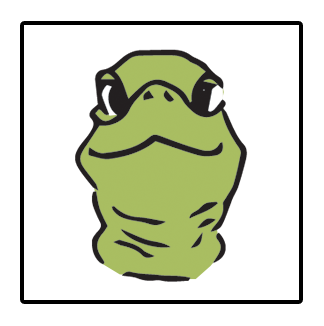
IDENTIFICATION CARD
Name: Terra Turtleson-Shelle
Height: 5 ft.
Weight: 227 lbs.
Address: 462 Galápagos Circle
Pollution Threat: plastic bags
Favorite Activity: kite flying
Favorite Food: seagrass sandwich

Green Sea Turtle
Scientific name: Chelonia mydas
Habitat: Atlantic, Pacific, and Indian Ocean, beaches
Diet: jellyfish, crab (juvenile); seagrass, algae (adult)
Lifespan: 80+ years
Conservation Status: Endangered
Threats from Ocean Plastics
Green sea turtles can become entangled in netting and plastic, which can warp and stunt their growth. Global warming has caused many sea turtle eggs to become female, threatening the longevity of the species. They often mistake plastic bags for jellyfish, and once they’ve eaten them, the plastic can block their digestive system causing disability and death. Plastic isn’t sea turtle food, but it’s quickly becoming their main meal. Hopefully, it won’t be their last.
Fun Fact
Green sea turtles change their diets as they age! Young turtles will eat almost anything, whereas fully mature turtles are strictly herbivores.
Learn more about sea turtles


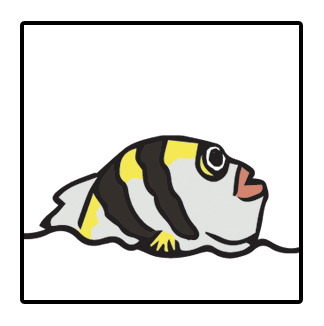
IDENTIFICATION CARD
Name: Santiago Pescado
Height: 7.6 in.
Weight: 6 oz.
Address: 88 Cabo San Lucas, Apt. #5
Pollution Threat: microplastics
Favorite Activity: skateboarding
Favorite Food: zooplankton stew

Panamic Sergeant Major
Scientific name: Abudefduf troschelii
Habitat: Reefs in the Atlantic and Pacific Oceans near Mexico
Diet: plankton, algae, small crustaceans
Lifespan: unknown
Conservation Status: Least Concern
Threats from Ocean Plastics
The primary threat to fish like the Panamic Sergeant Major is microplastics. Fish ingest tiny plastic fragments and synthetic fibers thinking they are food. Not only do ocean fish consume plastic as food, but the smallest of particles enter their gills, and as a result, the plastic can take up to six times as long to exit their bodies. Plastic isn’t fish food, but it’s quickly becoming their main meal. Hopefully, it won’t be their last.
Fun Fact
Male Sergeant Major fish guard eggs for about a week and turn blue while they wait for them to hatch!
Learn more about ocean fish


